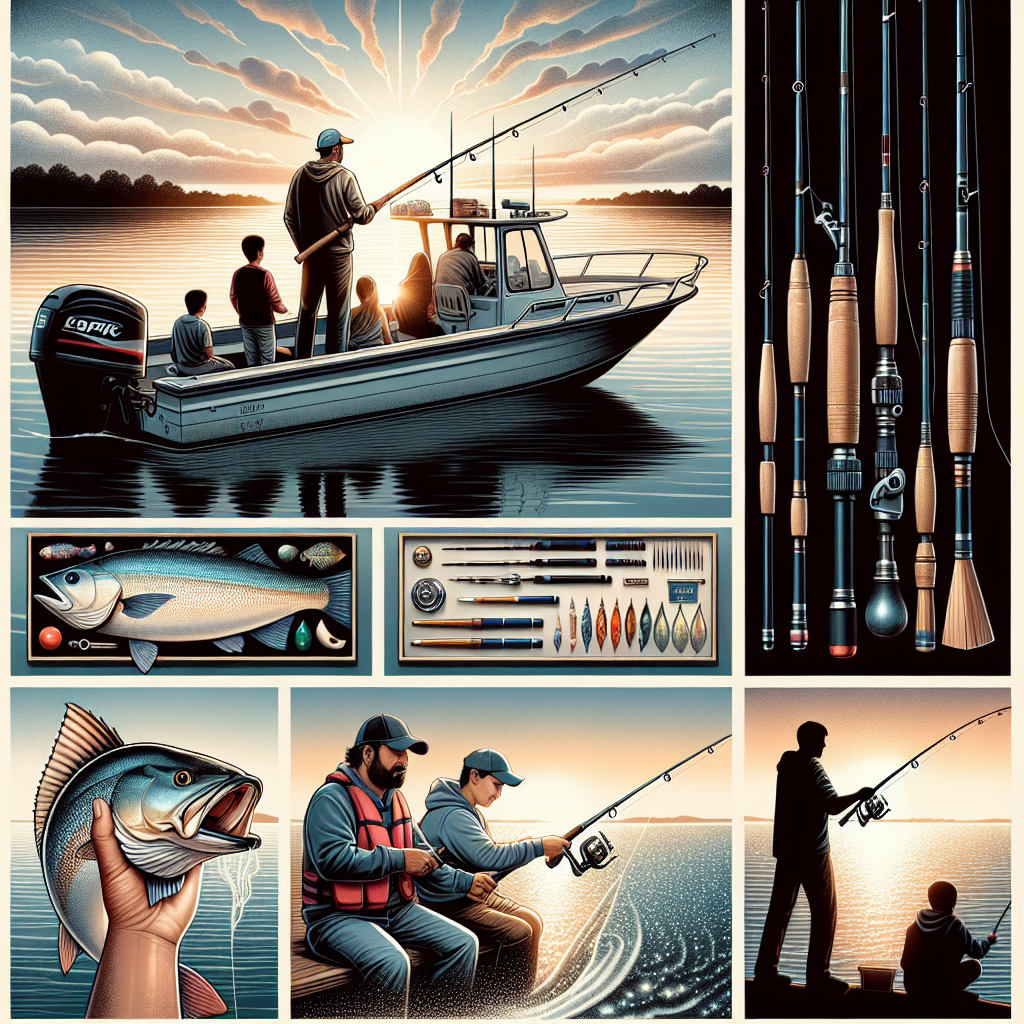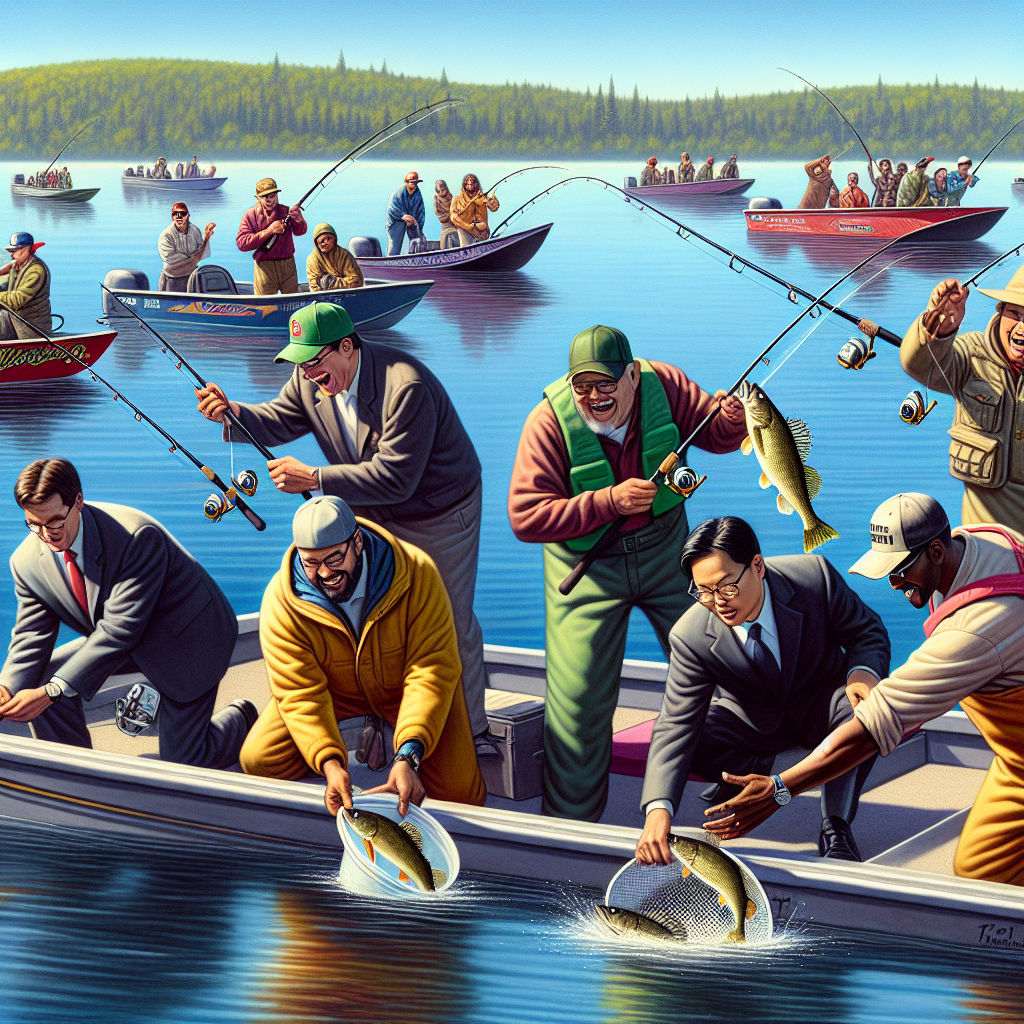Introduction
Catfish fishing in lakes is a great way of enjoying the outdoors and catching some tasty fish. You can find catfish in lakes and ponds all over the United States. They are well-known for their hard fighting abilities and delicious flesh. This article will cover everything you need to know regarding lake fishing for catfish.
What is a Catfish?
Let’s first learn about the catfish before we get into the world of catfish-fishing. Catfish are a species of fish named after their distinctive barbels or whiskers. These whiskers resemble the whiskers of a cat’s whiskers. Catfish can be found in both freshwater and saltwater environments all over the world, but they are most common in the United States in freshwater bodies such as lakes, rivers and ponds.
Catfish Types
There are many species of catfish in North America. These include the blue catfish (channel catfish), flathead catfish (flathead catfish), and bullhead catfish (bullhead catfish). Each species has its own unique appearance and habits so it is important to know which type of catfish you are looking for before you go to the lake.
Channel Catfish
One of the most common catfish caught in North America is the channel catfish. They can be found in rivers, streams, lakes, and reservoirs. They are well-known for their hard fighting skills and delicious table fare. Channel catfish are dark grey, black or olive green in color with white bellies. They have a deep forked tail and rows of spots on their sides.
Blue Catfish
The blue catfish is a larger catfish species. It can grow to over 5 feet in length and weigh over 100 lbs. They are often found in large rivers or reservoirs and are well-known for their tough fighting skills and strong, muscular bodies. Blue catfish have blue-grey skin and a white belly. They also have a deep forked tail.
Flathead Catfish
Flathead catfish are a popular game fish because of their size and strength. They can grow to over 5 feet in length and weigh more than 100 pounds. However, they are most commonly caught between 10-50 lbs. Flathead catfish can be found in rivers and lakes throughout the United States. They have a distinctive flat head and wide mouth.
Bullhead Catfish
Bullhead catfish is a smaller and less well-known species. They are usually found in smaller streams or ponds and are well-known for their hard fighting skills and delicious table fare. Bullhead catfish have dark brown skin or black with a white belly and a rounded tail.
Where can I find catfish in a lake?
It can be difficult to find catfish in a lake. However, there are some key areas you should focus on. Catfish can be found in areas with structure like fallen trees, stumps and rocks, aswell as deep holes and channels. Catfish are attracted to areas that have underwater vegetation or areas with strong currents. It is important to try different locations and depths until you find the best place for catfish to bite.
Best time to go lake fishing for catfish
The best time to fish for catfish in lakes is during the warmer months, when the water temperature is between 70 and 85 degrees Fahrenheit. Catfish are cold-blooded and their activity levels rise with increasing water temperatures. Low-light conditions are ideal for catfish fishing, such as in the morning or late at night, and on cloudy days, when they are more active and feeding.
Fishing equipment for lake fishing for catfish
The right equipment is essential when you are lake fishing for catfish. Here are the most important pieces to remember:
Fishing rod and reel
For lake fishing for catfish, a combination rod and reel with a medium-heavy or heavy action is recommended. To quickly retrieve your line, you should choose a rod at least 7 feet in length and a reel with a high ratio of gears.
Fishing Line
It is recommended that catfish use monofilament fishing lines or braided fishing lines with a line strength of 20-30 pounds. Fish teeth and rocks can cause damage to fishing lines so make sure you replace it regularly.
Fishing Hooks
For catfish, use a J-hook or a size 4/0-8/0 circle. Use a sharp hook and make sure to check it for damage.
Fishing weights and bobbers
To keep your bait at the right depth, use a weight or a sinker. To keep your bait from sinking to the bottom and indicate when you have taken a bite, you can also use a Bobber.
Bait and lure
Catfish will eat a variety of baits, including live bait like worms and minnows, as well as cut bait such shad and herring. They also love stinkbait and doughbait. Although soft and jig lures are also effective, live bait is more effective for catfish.
Fishing techniques for lake fishing for catfish
Here are the best fishing techniques for catfish fishing in lakes:
Bottom Fishing
Bottom fishing is the most common method of catching catfish in lakes. Attach your baited hook and sinker to your line. Then, drop it to the bottom. Then wait for the fish to bite and then reel in your line to set the hook.
Jug Fishing
Jug fishing is a unique way to catch catfish. Attach your baited hook and let the current or wind drift it. You will see the jug move or shake when there is a fish on your line.
Trolling
Trolling is a technique where you slowly troll a baited line behind an moving boat. This technique can cover large areas of water and can be used to catch larger catfish.
Casting
Casting is the act of casting your baited line out into the water and then retrieving it with a slow, steady motion. This technique is effective for catching catfish near the surface.
Tips for Lake Fishing for Catfish
Here are some tips for lake fishing for catfish.
Use a Fish Finder
A fish finder will help you locate schools and make it easier to target them.
Be Patient
Catfish can take a while to bite so it is important to wait and be patient.
Check Your Baits Regularly
Catfish will often steal bait and get hooked. It’s important to regularly inspect your baits and re-bait if necessary.
Use the Right Size Hook
A hook that is too small can lead to missed hookups. A hook that is too big can make it difficult for fish to swallow your bait.
Take care when handling catfish
Catfish have sharp spines which can cause injury. It’s important to be careful when handling them. Use pliers for removing the hook, but avoid touching the spines.
Conclusion
Lake fishing for catfish is a rewarding and thrilling experience. These tips and techniques will increase your chances of catching a trophy-sized catfish. To ensure the sustainability and health of the catfish population, it is important to follow all local fishing regulations. Enjoy your fishing trips!




